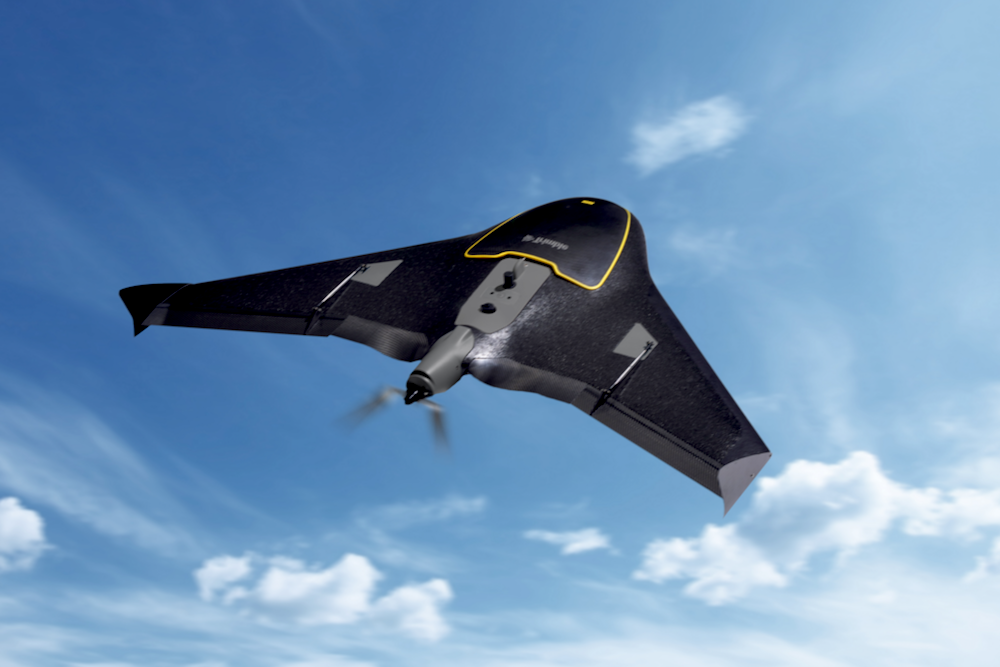

Instructions for Requesting FAA Exemption The FAA Administrator has identified this as a high priority project to address demand for civil operation of drones for commercial purposes.

We anticipate this activity will result in significant economic benefits. This grants UAS operators safe and legal entry into the NAS, thus improving safety. § 44807 grants the Secretary of Transportation the authority to use a risk-based approach to determine if certain unmanned aircraft systems may operate safely in the national airspace system (NAS) on a case-by-case basis. To fly an unmanned aircraft that exceeds the maximum weight limit of Part 107 or your mission includes a non-waiverable rule, you may apply for an exemption in accordance with 14 CFR Part 11 and the Congressional authority granted in Special Authority for Certain Unmanned Systems, 49 U.S.C. Not only is there a max weight, but there's also a limitation to what rules can be waived under Part 107. The Small UAS Rule (14 CFR Part 107) is only applicable to unmanned aircraft (drones) that weigh less than 55 pounds at takeoff.

Certificated Remote Pilots including Commercial Operators.Legislation & Policies, Regulations & Guidance.Data & Research Subnav: Data & Research 1.
#Faa drone exemptions series
Airport Safety Information Video Series.Passenger Facility Charge (PFC) Program.Airport Coronavirus Response Grant Program.General Aviation & Recreational Aircraft.Vintage & Experimental Aircraft Program.Aviation Safety Draft Documents Open for Comment.


 0 kommentar(er)
0 kommentar(er)
